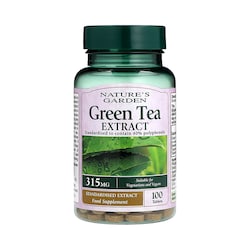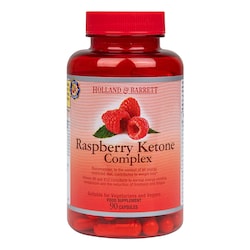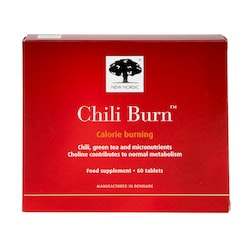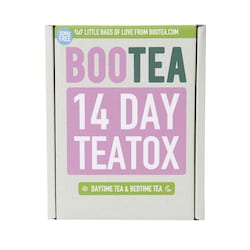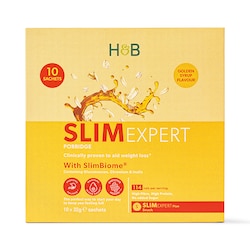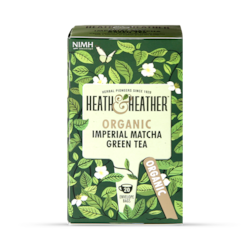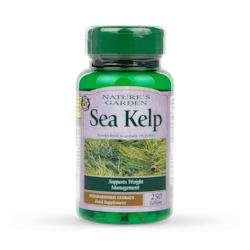20% off £30
How to lose weight fast – and safely
.png)
Have you been Googling the fastest way to lose weight, which has then brought you to this article? Well, you’re most definitely in the right place if you want some practical advice on quick weight loss.
However, as keen as you may be to lose a few pounds, it’s really important you don’t lose it quickly, but lose it quickly AND safely.
It can be really tempting to take drastic measures when you’re desperate to see results, but it’s really important you don’t wind up experiencing health issues because of a sudden drop in calories.
Slow and steady is the ideal. Here, one of our nutritionists, Isabel Tarrant, explains why losing weight rapidly isn’t necessarily a good thing (aside from you looking and feeling slimmer), and how it’s possible to achieve weight loss results safely.
Skip to:
Is it unhealthy to lose weight too fast?
Rapid weight loss can pose many health risks to the body. It can lead to:
-
Muscle loss
The aim of weight loss is to reduce body fat, not muscle mass.
However, extreme diets can result in a loss of lean muscle mass because they starve the body of fuel, forcing it to break down muscle to use as a source of energy.
Reduction in muscle mass is associated with weakness, making it difficult to do every day physical tasks, and weakening the immune system.
What’s more, muscle is more metabolically active than fat, meaning muscle burns significantly more calories than fat.
This means a loss in muscle mass can slow down metabolism and reduce the amount of calories burnt each day.
-
Nutrient deficiencies
Many ‘rapid weight loss’ diets are highly restrictive and eliminate entire food groups, meaning it’s very easy to become deficient in certain nutrients the body needs to function healthily.
For instance, low calorie diets often lack key vitamins and minerals, such as Vitamin B12, biotin, calcium, iodine and iron.
This can lead to nutrient deficiencies and health issues.
For example, low levels of iron and Vitamin B12 are associated with tiredness, fatigue and anemia.
Moreover, calcium deficiency is associated with poor bone health and increased risk of osteoporosis and fractures.
When your body is deprived of the essential nutrients it needs to function, this can also lead to hair loss, weak brittle nails, fatigue, weakened immune system, dizziness and irritability.
Therefore, it’s important to consume a wide variety of all food groups and a range of fruit and vegetables to ensure you’re getting all of the key nutrients your body needs.
Handpicked content: The best fruits for weight loss
True or false: Foods that help with weight loss
Does celery have negative calories? Do carbs make you fat? Are weight loss teas a waste of money? Read on to find out!
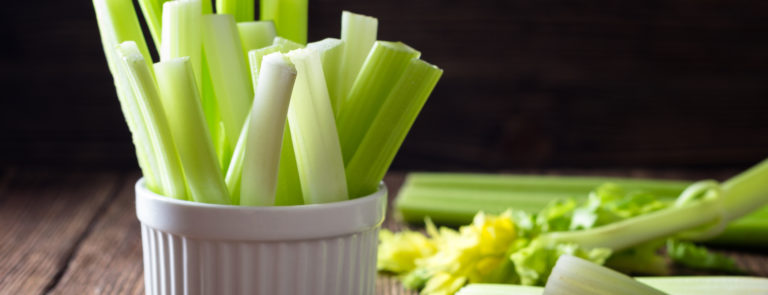

-
Amenorrhea
Rapid and extreme weight loss can commonly cause the loss of periods for many women, known as hypothalamic amenorrhea. Hypothalamic amenorrhea occurs when the body is under significant stress (including under-eating and over-exercising), which means the hypothalamus (part of the brain involved in regulating menstrual cycles) does not secrete as much gonadotropin-releasing hormone as it should, resulting in the loss of periods.
Amenorrhea and period irregularities are associated with bone loss, low sex drive, exhaustion and temporary infertility. Therefore, it’s important to make sure you’re eating enough food (not extreme calorie restricting) to support healthy menstrual function and prevent amenorrhea.
The good news is that hypothalamic amenorrhea is reversible, and you can regain your period through simple lifestyle changes, such as eating enough calories, resting and reducing exercise and stress.
-
Lack of energy and lethargy
Not consuming enough calories and nutrients due to extreme weight loss diets can leave your body lacking in energy.
In turn, this can lead to feeling weak, tired, fatigued, dizzy, lethargic and unmotivated, which can impact your productivity and daily tasks. This lack of energy can also impact your mood, resulting in mood swings, irritability and agitation.1
Summary
- Rapid weight loss can pose several health risks
- Extreme dieting can lead to a loss of lean muscle mass
- It’s easy to become deficient in certain nutrients the body needs to function healthily too
- Quick weight loss can also cause amenorrhea and low energy levels
Is it better to lose weight fast or slow?
Research shows that when you lose weight gradually over time, you are much more likely to keep the weight off long-term, compared to extreme rapid weight loss.
Not only is gradual weight loss more effective in sustaining weight loss in the long run, it’s also much safer for the body because it avoids all of the above health risks associated with rapid weight loss, such as nutrient deficiencies, loss of muscle mass, amenorrhea, slowed metabolism, fatigue and dehydration.
Therefore, to avoid these health issues, it’s much healthier and safer to lose weight gradually over a longer period of time.
Effective weight loss occurs through lifestyle habits that are sustainable and maintainable on a long-term basis.
There’s no point following a highly restrictive diet to lose weight quickly when the diet isn’t sustainable – you’re more likely to put the weight back on again at a later date.
This is known as ‘yo-yo dieting’. Research has shown individuals who follow extreme restrictive diets to lose weight rapidly end up gaining more weight than before starting the diet, as extreme diets are not maintainable long-term.
To keep the weight off, it’s recommended you follow a healthy wholefood diet that leaves you feeling satisfied, not deprived, and that you can stick to in the long run.
Summary
- Quick weight loss results are difficult to sustain
- It’s much healthier and safer to lose weight gradually over a longer period of time
- Healthy wholefood diets leave you feeling satisfied and are easier to stick to
Why crash dieting could harm your health
Find out exactly what happens to your body when you embark on a crash diet.
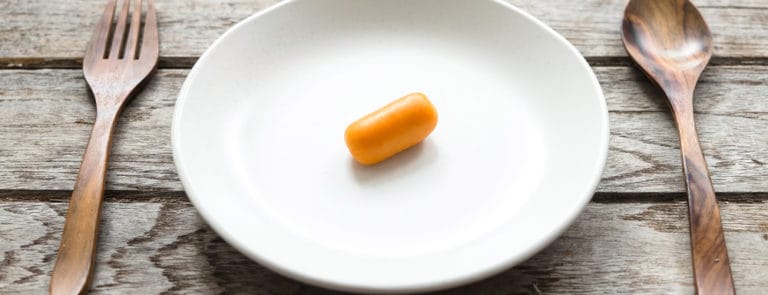

What lifestyle changes can people make to help them lose weight safely?
There are several things you can avoid doing to help you lose weight safely:
-
Don't cut out entire food groups
To lose weight effectively and safely, you don’t need to cut out whole food groups e.g. carbs or dairy, as this can lead to nutrient deficiencies.
Instead, focus on eating a range of good quality foods from each food group.
For instance, swap white rice for wholegrain brown rice or fries to sweet potato. A healthy diet should consist of:
- quality protein, such as fish, chicken, beans, legumes, nuts
- wholegrains, such as quinoa, brown rice, sweet potato, oats
- healthy fats e.g. avocado, nuts and olive oil
- a variety of fruit and vegetables
Focusing on wholefoods from each food group is a great way to promote safe weight loss.
-
Don't drastically restrict calories
Weight loss can become unsafe when you cut your calories too dramatically. Although reducing your calorie intake is important for weight loss, it doesn’t need to be a drastic reduction.
For safe weight loss, it’s recommended you reduce your calorie intake by approximately 500 cals (a day), which can equate to weight loss of at least 1 pound a week.
This may not seem like much, but if you were to consume an extra 100 calories per day, this would equate to a weight gain of 11 pounds after one year!2
Aiming to reduce your calories by 500 cals a day is an achievable and maintainable goal to promote weight loss without feeling like you’re starving yourself.
All about counting calories
This article provides a useful overview of all things calorie-related, from totting them up, to the best way to lose weight.
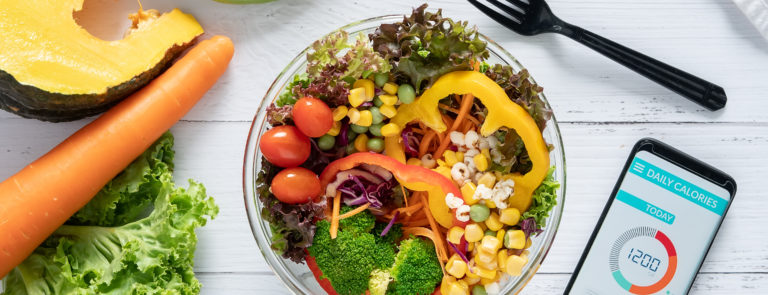

You should:
-
Limit processed foods and eat wholefoods
A healthy diet is rich in wholefoods, such as fruit, vegetables, wholegrains, beans and pulses.
A simple way to promote safe weight loss is to limit your intake of processed and packaged foods that are full of salt, sugar and artificial additives e.g. crisps, sausage rolls, chocolate bars and biscuits.
If you often have snacks throughout the day, try to switch them to wholefood snacks. For instance, instead of a packet of crisps or chocolate bar, go for a piece of fruit and a handful of nuts or some apple and peanut butter.
-
Pay attention to portion sizes
This is an easy and safe way to promote healthy weight loss.
Portion sizes vary, depending on age, gender and activity level, so it’s worth doing some research on the appropriate portion sizes for you.
As a rough guide, examples of healthy portion sizes for adults are 6 tablespoons of pasta, 2 eggs, 2 tablespoons of nuts, 1 handful of grapes and 40g of cereal.
-
Eat without distraction
Research has shown that we tend to eat up to 30% more food when watching TV or while on our phones, compared to when eating without digital distractions.3
Eating when distracted compromises our ability to pay attention to our body’s natural hunger and satiety signals, meaning we’re less likely to recognise when we’re full and stop eating.4
Although it can be hard to put your phone down at the table, eating mindfully without distraction is associated with the consumption of significantly less food and therefore aids weight loss.
-
Eat on smaller plates
A further simple trick to aid weight loss is eating on smaller plates.
Research has shown that individuals eat significantly less when served the same amount of food on a small plate rather than a bigger plate.5
This is because a smaller plate tricks the mind into thinking the quantity of food is larger than when on a bigger plate, meaning we’re likely to eat less and less likely to reach for seconds.
This simple trick can help prevent overeating and support weight loss.
Summary
- There are several lifestyle changes people can make for healthy weight loss
- They include not cutting out entire food groups or drastically cutting calories
- Limited processed food and eating more wholefoods, eating smaller portions and mindful eating are also recommended
Is it safe to lose 10 pounds in a week?
No. According to the NHS, weight loss of between 1 and 2 pounds a week is considered a safe and healthy rate to lose weight.17
When first starting a new diet or exercise regime, initial weight loss can be faster, and you may lose more than 2 pounds during the first couple of weeks, due to a loss of ‘water weight’. This is because when you consume less calories than you burn, the body begins to metabolise glycogen as a source of fuel. Glycogen is bound to water when it is stored, therefore as well as burning glycogen, you are also losing water weight.18
Loss of water weight is common in the first week of a new diet/exercise regime, however following this, safe and healthy weight loss should steady to 1 to 2 pounds a week.
Weight loss of significantly more than 2 pounds per week, i.e. 10 pounds, is classed as rapid unsafe weight loss and can pose health risks, such as nutrient deficiencies, electrolyte imbalance, dehydration, muscle loss and amenorrhea.19
Summary
- It’s not safe to lose 10 pounds in the space of a week
- Weight loss of between 1 and 2 pounds a week is a safe and healthy rate to lose weight
- Loss of water weight is common in the first week of a new diet/exercise regime. After this, safe and healthy weight loss should steady to 1 to 2 pounds a week
Takeaway
No matter how little or much weight you’ve set your sights on losing, it’s really important you stay fit and healthy. Because losing weight involves more than just dropping a dress size, being a stone lighter on the scales or fitting back into your favourite jeans, it impacts your overall health and body in so many different ways, which is why it’s so crucial you go about it the right way.
What’s more, as appealing as quick weight loss may sound, it’s the most unsustainable way to lose weight. The secret to successful weight loss is slow, steady and considered; no faddy diets, no quick fixes, just careful planning and plenty of thought around its impact on your health and body.
17 weight loss tips to lose it for life
The NHS says 26% of British adults are now obese, and this figure looks set to increase. Uncover the best weight loss tips and step off the scales for good.


Last updated: 07 May 2021



